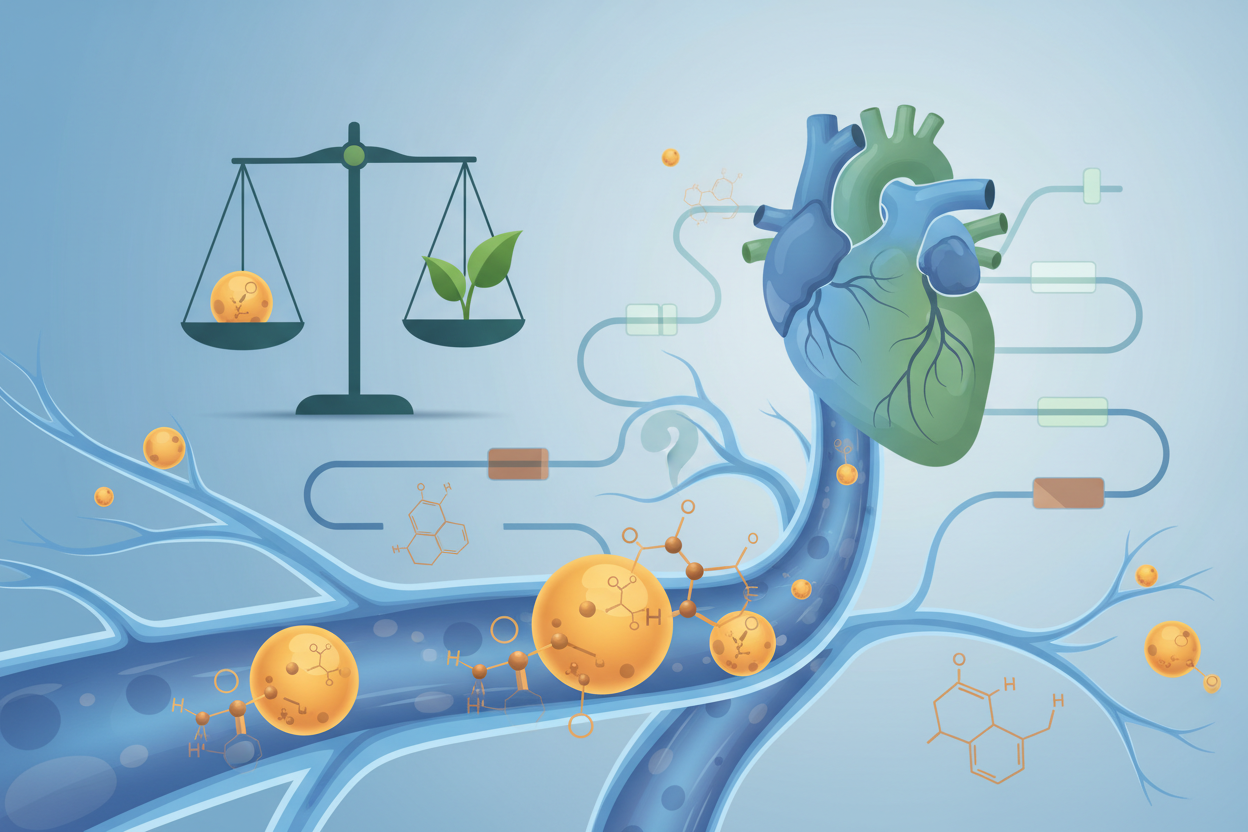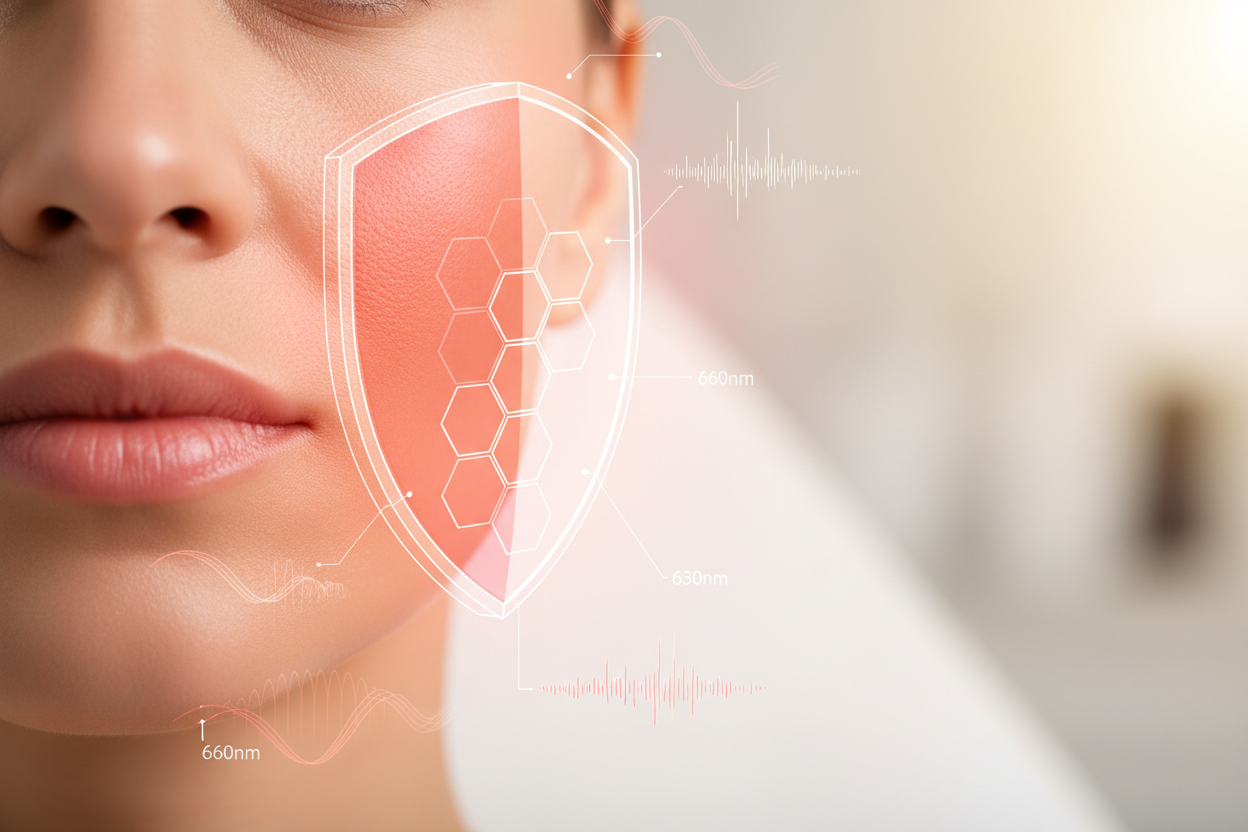The development of modern technologies – especially genetic sequencing – has fundamentally deepened our understanding of the human microbiome. It turns out that microbial balance in the body, and especially in the vagina, plays a key role in the prevention and development of a wide range of gynecological and obstetric diseases.
Disruption of this balance, so-called vaginal dysbiosis, is often associated with problems such as bacterial vaginosis, recurrent infections, pregnancy complications, or chronic inflammations. Nevertheless, so far treatment strategies aimed at influencing the vaginal microbiome are lagging behind behind what we know about it from research.
Here comes into play photobiomodulation (PBM) – therapy using low-level light (typically red or near-infrared) to influence cellular functions. The long-term effects of PBM on improvement of circulation, suppression of inflammation, and stimulation of mitochondria, but increasingly its influence on the microbiome and immune response.
Previous studies on the gut microbiome have yielded promising results – PBM can alleviate dysbiosis, support microflora balance, and reduce systemic inflammation. Analogously, it begins to be examined whether similar results can be achieved also in in the vaginal environment, which is equally sensitive and crucial for women's health.
While the research is in its early stages, it is already clear that PBM can offer a new, non-invasive, and natural way to harmonize the vaginal microbiome – without the need for antibiotics, chemicals, or radical interventions. It is a completely new chapter regenerative gynecology, which connects light, biology, and the body's natural rhythms.
Entire study: New Insights into Photobiomodulation of the Vaginal Microbiome—A Critical Review




Leave a comment
This site is protected by hCaptcha and the hCaptcha Privacy Policy and Terms of Service apply.